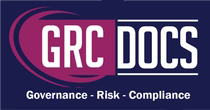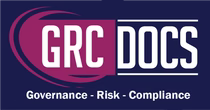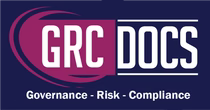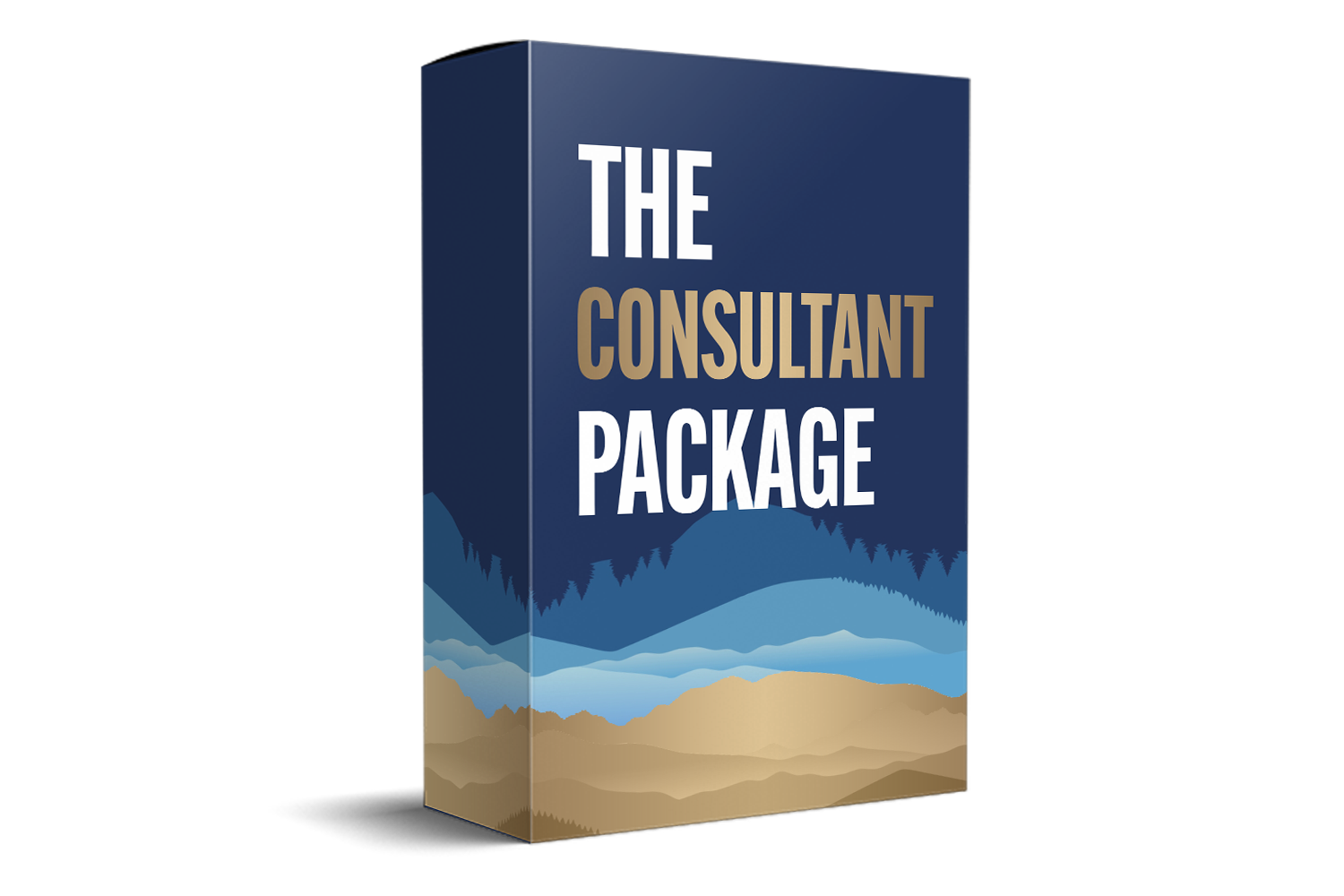NIST Risk Assessment Template A Comprehensive Guide
Introduction
In today's digital age, managing risk is more crucial than ever. Businesses face numerous threats that could compromise their data, operations, and reputation. A structured risk assessment process is essential to identify these vulnerabilities and mitigate potential damage. The National Institute of Standards and Technology (NIST) provides a comprehensive framework to guide organizations in assessing and managing risks effectively. This guide will explore the NIST Risk Assessment Template and how you can leverage it to safeguard your organization. NIST is a non-regulatory federal agency under the U.S. Department of Commerce that develops technology, metrics, and standards to enhance innovation and economic competitiveness. The NIST Risk Assessment Template serves as a benchmark for organizations to evaluate potential risks systematically.

What Is A Risk Assessment?
A risk assessment is a systematic process of identifying and analyzing potential risks that could negatively impact an organization's operations. This involves determining the likelihood of a risk occurring and the potential consequences. The goal is to implement measures that minimize risk exposure.
Why Use The NIST Risk Assessment Template?
The NIST Risk Assessment Template offers a structured approach that aligns with international standards. It ensures that all aspects of risk management, from identification to mitigation, are covered comprehensively. This template is particularly beneficial for organizations that require a standardized method to evaluate and manage risks.
Key Components Of The NIST Risk Assessment Template
The NIST Risk Assessment Template is designed to cover all critical aspects of risk management. Here are the key components:
-
Risk Identification: The first step involves identifying potential risks that could affect the organization. This includes both internal and external threats such as cyber attacks, natural disasters, and operational failures.
-
Risk Analysis: Once risks are identified, the next step is to analyze them. This involves evaluating the likelihood of each risk occurring and assessing the potential impact on the organization.
-
Risk Evaluation: In this stage, risks are prioritized based on their likelihood and potential impact. This helps organizations focus their resources on the most significant threats.
-
Risk Mitigation: After evaluating the risks, the organization must develop strategies to mitigate them. This could involve implementing new security measures, creating contingency plans, or transferring risk through insurance.
- Monitoring and Review: Risk management is an ongoing process. Organizations should continuously monitor risks and review their strategies to ensure they remain effective. Regular updates to the risk assessment are essential as new threats emerge.
Using The NIST Risk Assessment Template In Excel
Many organizations prefer using Excel for risk assessments due to its flexibility and ease of use. The NIST Risk Assessment Template can be easily adapted into an Excel format, allowing for a dynamic and interactive risk management process.
-
Setting Up the Template: To start, create a spreadsheet with columns for each key component of the risk assessment process: Risk Identification, Risk Analysis, Risk Evaluation, Risk Mitigation, and Monitoring and Review.
-
Customizing the Template: Tailor the template to your organization's specific needs. This could involve adding additional columns for data such as risk owner, action plan, and review date.
- Automating the Process: Excel's features such as formulas, pivot tables, and conditional formatting can automate various aspects of the risk assessment process. This not only saves time but also reduces the likelihood of human error.
Benefits Of Using The NIST Risk Assessment Tool
The NIST Risk Assessment Tool provides numerous benefits:
-
Standardization: Ensures a consistent approach to risk management across the organization.
-
Efficiency: Streamlines the risk assessment process, saving time and resources.
-
Comprehensive Coverage: Addresses all potential risks, ensuring nothing is overlooked.
-
Flexibility: Can be tailored to suit the specific needs of any organization.
-
Continuous Improvement: Facilitates ongoing monitoring and improvement of risk management strategies.
Real-World Applications Of NIST Risk Assessment
Organizations across various industries have successfully implemented the NIST Risk Assessment Template to enhance their risk management strategies. Here are a few examples:
Example 1: Healthcare Sector: A hospital used the NIST template to identify cybersecurity threats that could compromise patient data. By implementing the recommended security measures, they significantly reduced their risk of data breaches.
Example 2: Financial Institutions: A bank utilized the NIST Risk Assessment Template to evaluate operational risks. This helped them develop a robust risk management strategy that minimized potential financial losses.
Example 3: Manufacturing Industry: A manufacturing company applied the NIST framework to assess supply chain risks. By identifying potential disruptions, they were able to implement contingency plans that ensured business continuity.
Conclusion
The NIST Risk Assessment Template is a valuable tool for any organization looking to enhance its risk management strategy. By providing a structured and comprehensive approach, it ensures that all potential risks are identified, analyzed, and mitigated effectively. Whether you're in healthcare, finance, or manufacturing, the NIST framework can be tailored to meet your specific needs, safeguarding your organization against a wide range of threats. Embrace the NIST Risk Assessment Template to proactively manage risks and protect your business in an ever-evolving risk landscape.






